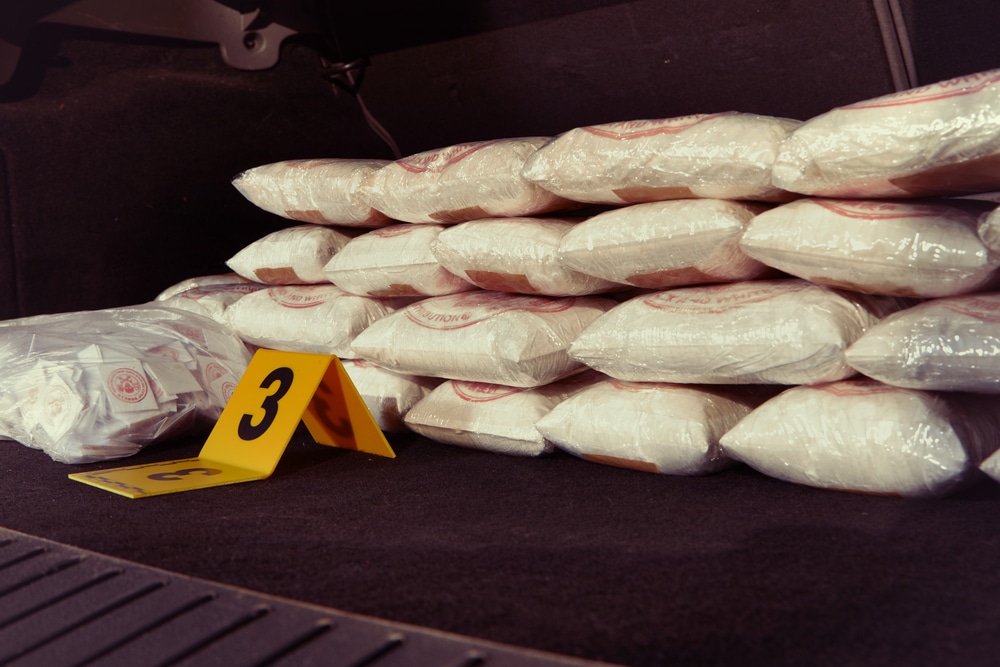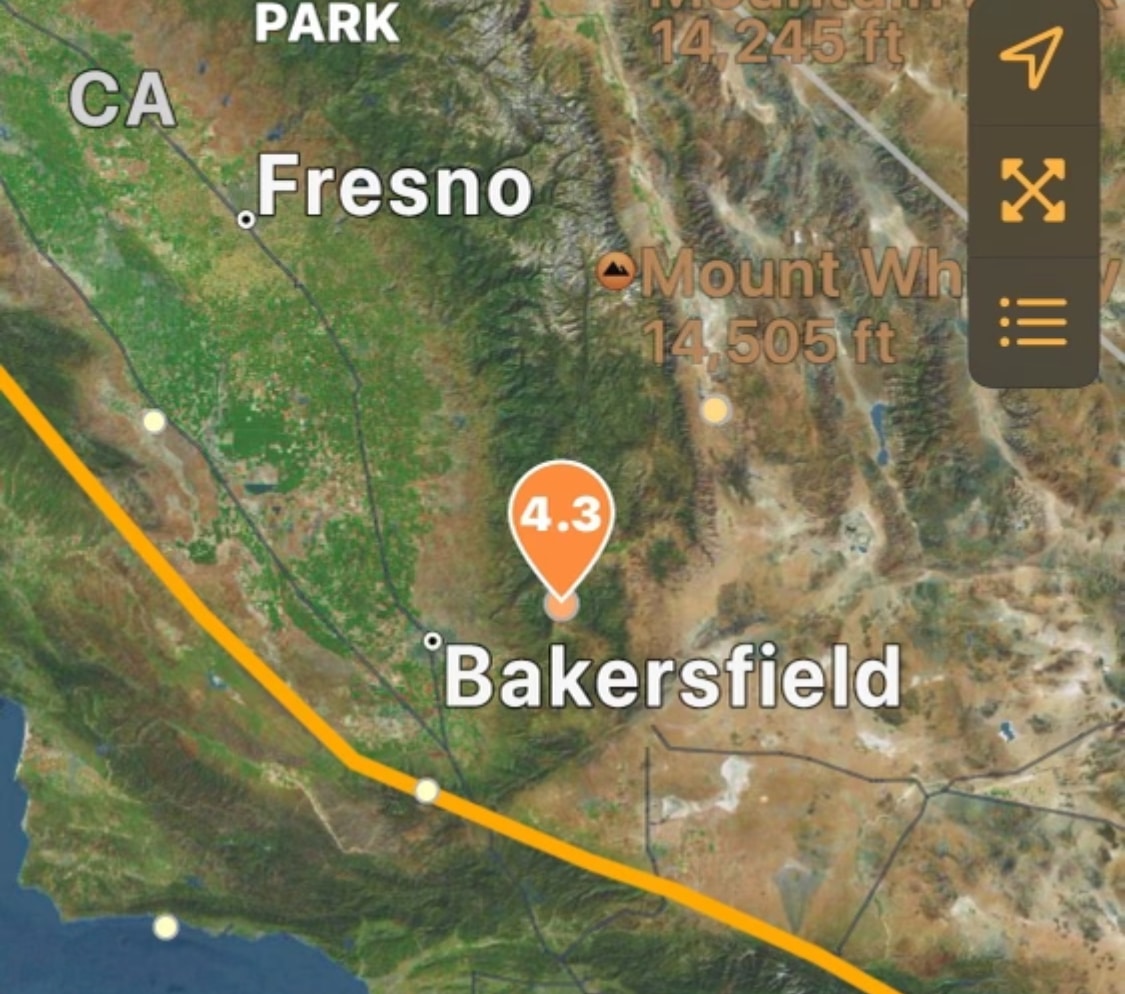The U.S. Drug Enforcement Administration (DEA) issued a dire warning regarding fentanyl mixed with a flesh-eating “Tranq” zombie drug that has been seized in 48 out of 50 states so far according to a new report from Fox News.
In a new public safety alert, the DEA said it was warning the American public of a sharp increase in the trafficking of fentanyl mixed with xylazine. Xylazine, also known as “Tranq,” is a powerful sedative that the U.S. Food and Drug Administration (FDA) has approved for veterinary use.
“Xylazine is making the deadliest drug threat our country has ever faced, fentanyl, even deadlier,” DEA administrator Anne Milgram said. “DEA has seized xylazine and fentanyl mixtures in 48 of 50 States. The DEA Laboratory System is reporting that in 2022 approximately 23% of fentanyl powder and 7% of fentanyl pills seized by the DEA contained xylazine.”
The alert says xylazine and fentanyl drug mixtures place users at a higher risk of suffering fatal drug poisoning. Because xylazine is not an opioid, naloxone (Narcan) does not reverse its effects.
“Still, experts always recommend administering naloxone if someone might be suffering a drug poisoning,” the alert said. “People who inject drug mixtures containing xylazine also can develop severe wounds, including necrosis—the rotting of human tissue—that may lead to amputation.”
According to the U.S. Centers for Disease Control and Prevention, 107,735 Americans died between August 2021 and August 2022 from drug poisonings, with 66% of those deaths involving synthetic opioids like fentanyl.
“The Sinaloa Cartel and Jalisco Cartel in Mexico, using chemicals largely sourced from China, are primarily responsible for the vast majority of the fentanyl that is being trafficked in communities across the United States,” the DEA alert added.
The FDA recently communicated to health care providers about the risks to patients exposed to xylazine in illicit drugs. That message says xylazine “is not safe for use in humans and may result in serious and life-threatening side effects that appear to be similar to those commonly associated with opioid use, making it difficult to distinguish opioid overdoses from xylazine exposure.”

















